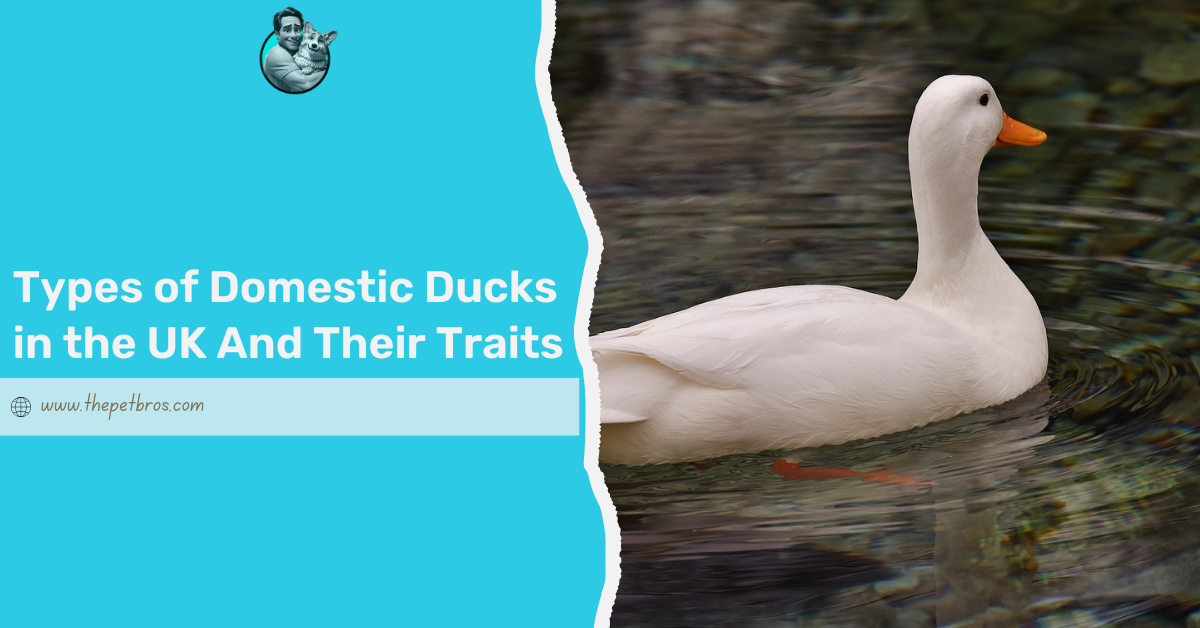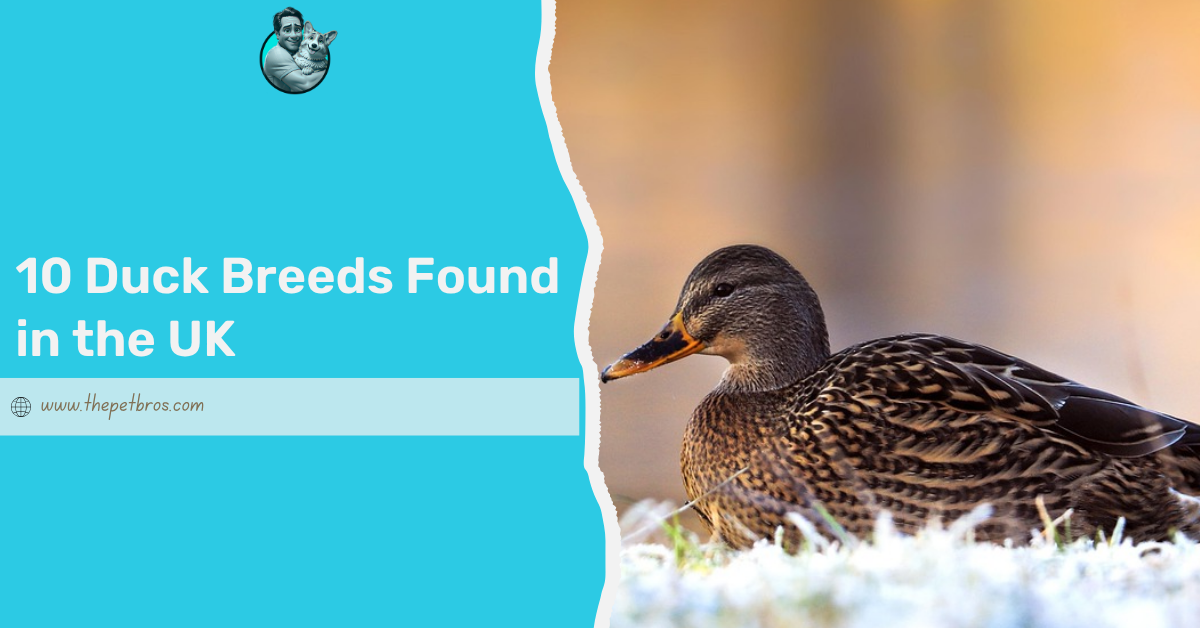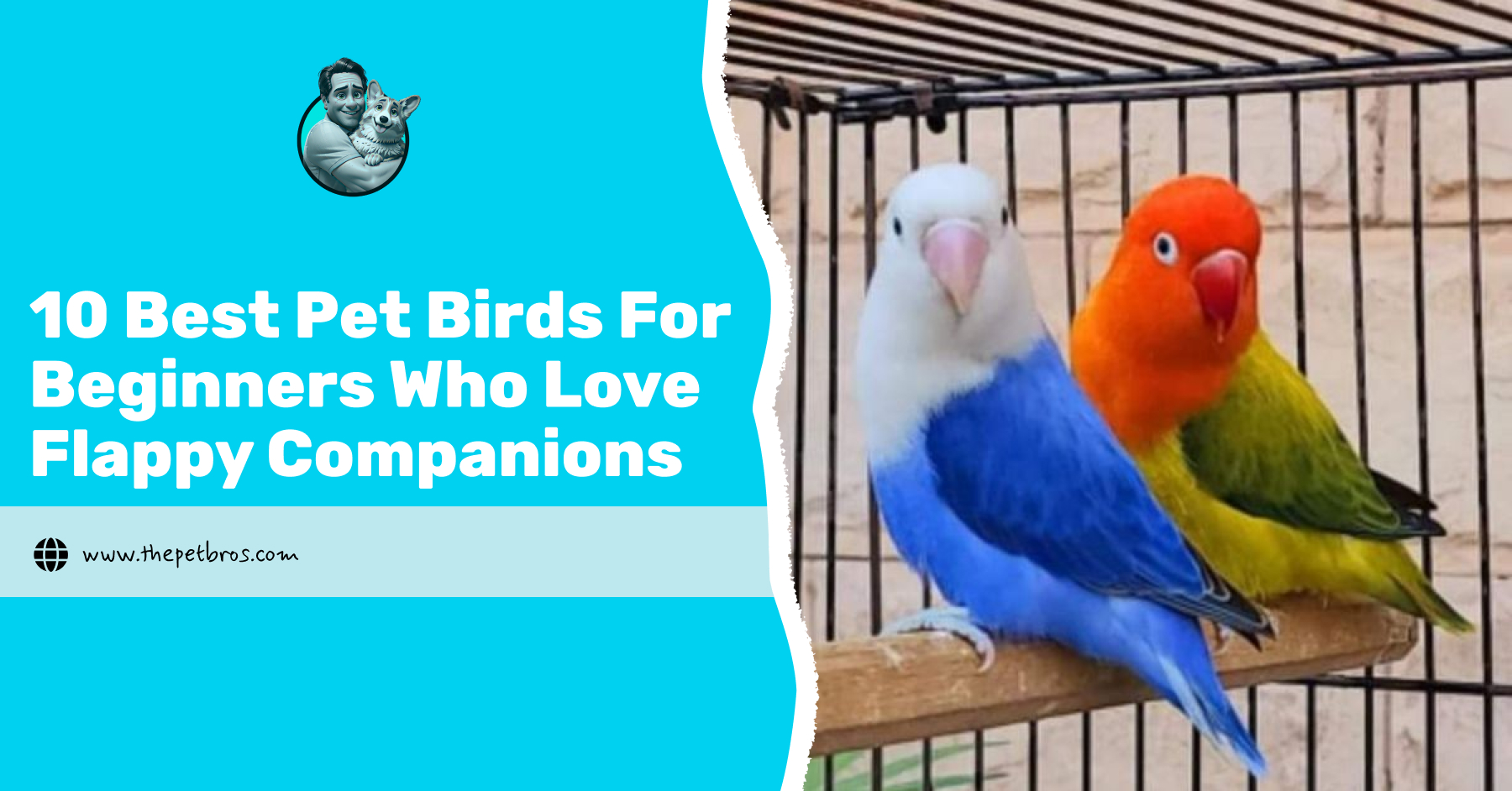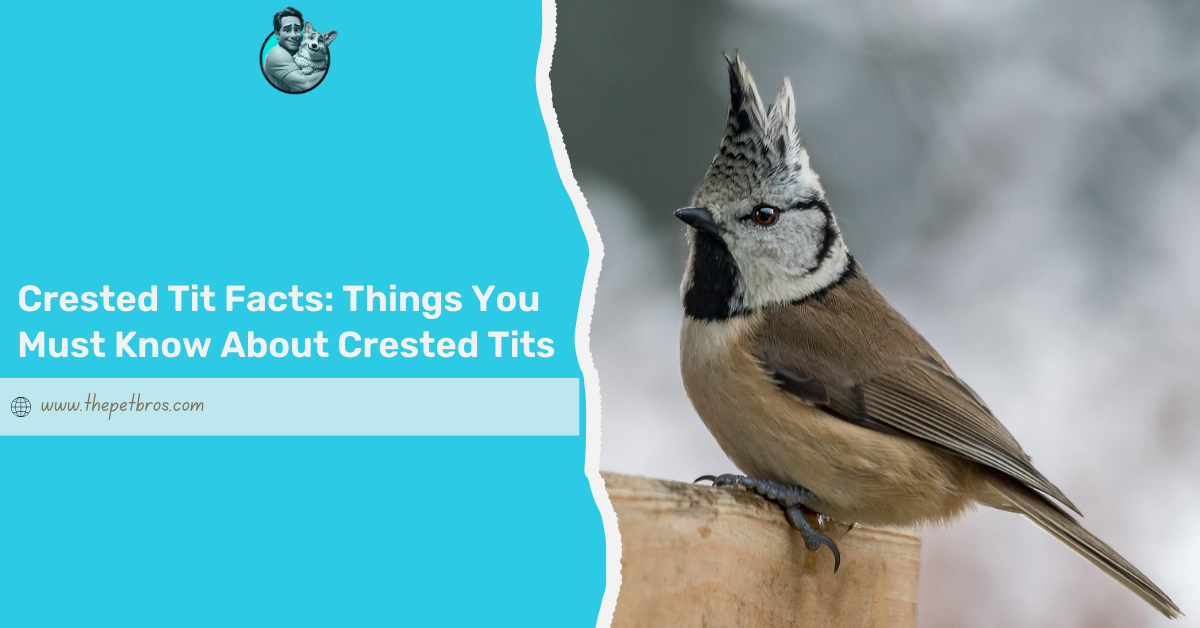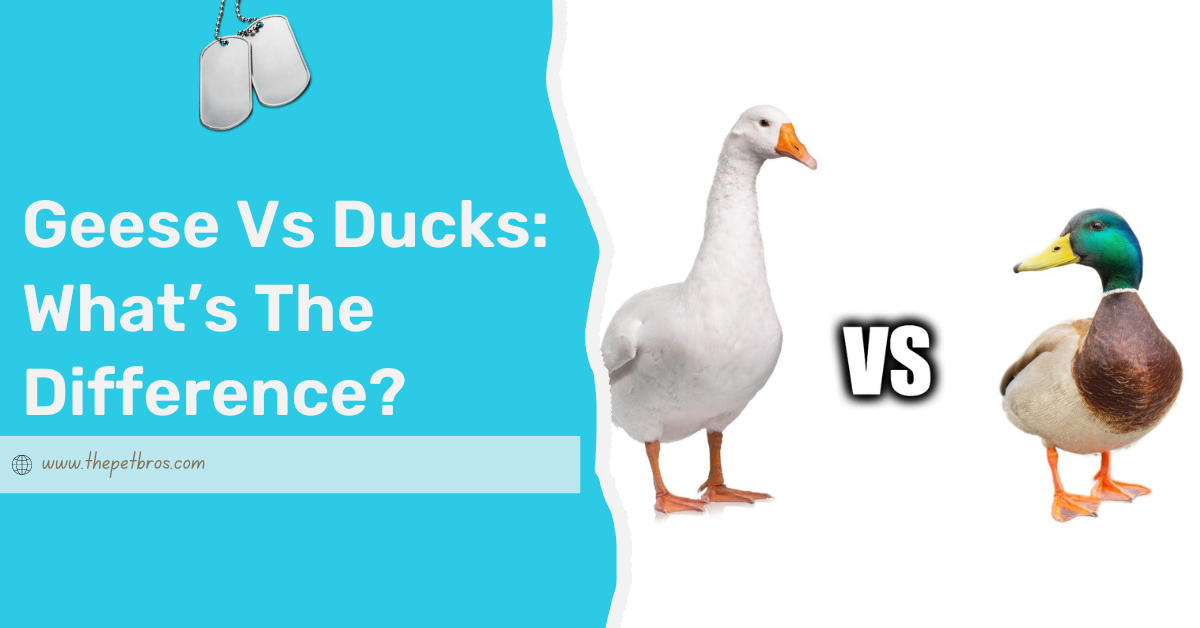Domestic ducks in the UK come in different shapes, sizes, and personalities. While some lay eggs like a full-time job, others are bred for their meat. Rumours have it that some types of domestic ducks in the UK are bred because they look fabulous waddling about a garden; funny, right?
Well, here’s your starter pack: We’ll introduce you to five of the most common types of domestic ducks you’ll find across the UK, so you don’t go about thinking every duck is the same.
5 Most Common Types of Domestic Ducks in the UK
1. The Khaki Campbell
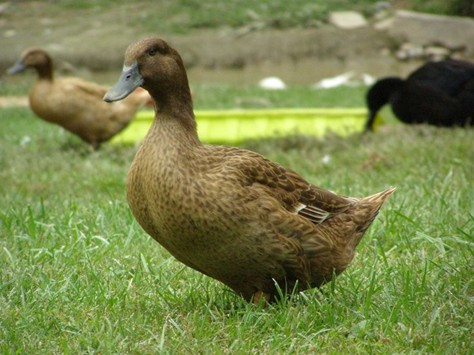
If there’s a duck equivalent of a workaholic, it’s the Khaki Campbell. These busybodies are known across the UK for their astonishing egg-laying ability. In a good year, one Khaki Campbell can produce over 200 eggs. That’s more than most chickens, by the way.
They wear their name well, sporting smooth, khaki brown feathers that blend beautifully into garden settings. Males sometimes show off a slightly darker greenish head, but they’re otherwise quite understated in appearance.
Interestingly, feeding Khaki Campbells is relatively easy, as they love foraging. Bugs, greens, leftover veg, garden slugs, it’s all on the menu. Of course, they’ll still need some grain or duck feed to keep them balanced, but they’re great at supplementing their diet naturally. Their feeding habits make them a low-input, yet high-output breed. More importantly, they are far easier to feed compared to geese.
Now, what sets them apart, besides their productivity, is their constant movement. These ducks are always up and about, poking their bills into the grass, nosing through flowerbeds, and nibbling on anything edible they can find. Among all types of domestic ducks, they stand out as the no-fuss, high-yield option that doesn’t just sit pretty. It’s a proper little machine with feathers.
2. The Indian Runner
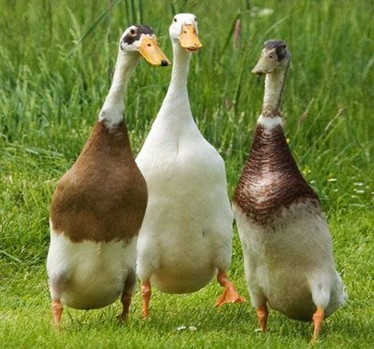
Now, imagine a duck that doesn’t waddle. Weird, right? That’s precisely what makes the Indian Runner such a head-turner. These ducks walk upright, almost like they’ve been told to sit up straight at the dinner table. Their tall, bottle-shaped bodies and quick little steps make them look like slapstick cartoon characters. They come in a bunch of colours too, from snowy white to soft fawn and even black with a lovely green shimmer.
They’re not just funny to look at. Indian Runners are natural pest managers. Forget slug pellets. These ducks are lightning fast and relentless when it comes to garden bugs. They patrol like little feathered sentries, clearing out creepy crawlies with impressive focus. Another reason they’ve become a favourite among gardeners who want purposeful ducks is that they lay around 150 eggs per year on average.
When it comes to food, Indian Runners don’t wait to be served. They’re constantly grazing. Toss them some chopped greens, grains, or soft veggies, and they’ll be thrilled, but they’ll also happily find their own snacks if given the space. Among all types of domestic ducks, this one’s the athlete. It moves like it’s got errands to run and energy to burn.
3. The Aylesbury
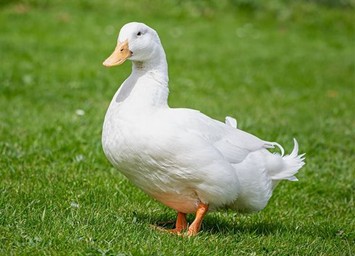
The Aylesbury is a proper British classic, known for its plump white body, pale pink bill, and short legs. It has that storybook look, the sort you’d see illustrated in an old countryside tale: just soft curves and a calm, stately presence.
Unlike the high-energy types, the Aylesbury takes life a bit slower. It doesn’t dash about or poke around like the others. Instead, it prefers lounging in a sunny corner or waddling gently over to the nearest water bowl. That calm temperament makes it a good fit for quieter homes or for keepers who prefer ducks that don’t treat the garden like a racetrack. Its egg laying is equally low-key, as it averages about 80 eggs per year.
In terms of feeding, the Aylesbury appreciates a more routine setup. They like their grain and pellets, and they’ll happily nibble on chopped greens or peas, but they’re not massive foragers. They enjoy being fed and cared for rather than rustling up their own snacks.
4. The Pekin

The Pekin is what most people imagine when they hear the word duck. Picture Donald Duck, and that’s a Pekin. It’s round, it’s white, and it waddles like it means it. With a brilliant snow white coat and deep orange bill and feet, the Pekin looks like it’s walked straight out of a children’s book or a cartoon series. It’s chunky in the most endearing way, with soft feathers that puff out like a pillow that just got up and wandered off.
Pekins are wonderfully sociable. They are crowd pleasers – friendly, vocal, and tend to enjoy a bit of human company. They’ll often follow their keepers around the garden, quacking opinions about whatever’s going on.
While they’re not particularly graceful on land and not built for flying, they are excellent swimmers and make the most of any water you give them, laying an average of 175 eggs per year.
Feeding them is simple, too. They enjoy a balanced mix of duck pellets, grains, leafy greens, and occasional treats, such as chopped fruit or mealworms. They do enjoy being hand-fed, which makes them popular with families and children.
5. The Call Duck
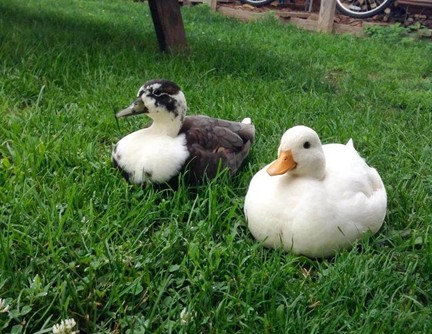
The Call Duck may be small, but it has no intention of going unnoticed. Think of it as the toy version of a duck, only far noisier and more confident. With its tiny round body, short beak, and expressive eyes, it looks more like a plush keyring than a real bird. Standard colours include snowy white, soft grey, and a silvery lavender, though you’ll find them in all sorts of patterns if you go looking.
These ducks are famously vocal. Originally bred to call wild ducks into traps, hence the name, they haven’t lost their talent for making a scene. If there’s something to shout about, a Call Duck will be the first to let everyone know.
Their feeding needs are straightforward, though smaller. Being so compact, they eat far less than standard breeds and, expectedly, lay fewer eggs, averaging just about 50 eggs per year. A handful of grains, soft greens, and some finely chopped fruit is more than enough for them to feed on.
That said, they’re incredibly charming. Many people keep them as pets or as ornamental additions to a garden pond due to their friendly nature and irresistible cuteness. When it comes to types of domestic ducks that double as both pets and garden decoration, the Call Duck is top of the list for sheer charm in a tiny, feathered package.
Conclusion
Ducks are far from one-size-fits-all. From the busy Khaki Campbell to the charmingly loud Call Duck, each breed brings its look, personality, and quirks to the garden. If you’re after the eggs, companionship, or just the joy of watching them waddle about, there’s a duck for you. Exploring the different types of domestic ducks opens up a delightful world of feathered characters you’ll be glad to have around.
Frequently Asked Questions
What size garden do I need to keep ducks?
A small to medium-sized garden works fine if there’s space to roam, water to splash in, and shelter to rest.
What are the best ducks for pets in the UK?
Call Ducks and Pekins are firm favourites thanks to their friendly and gentle nature.
What is the most common domestic duck?
The Khaki Campbell takes the crown for popularity, especially among backyard keepers.
Can I keep ducks and chickens together?
Yes, though you’ll need to manage the water mess and make sure they each have their own space.
Is it legal to own a pet duck in the UK?
It is perfectly legal, as long as you provide proper care and protection from predators.






